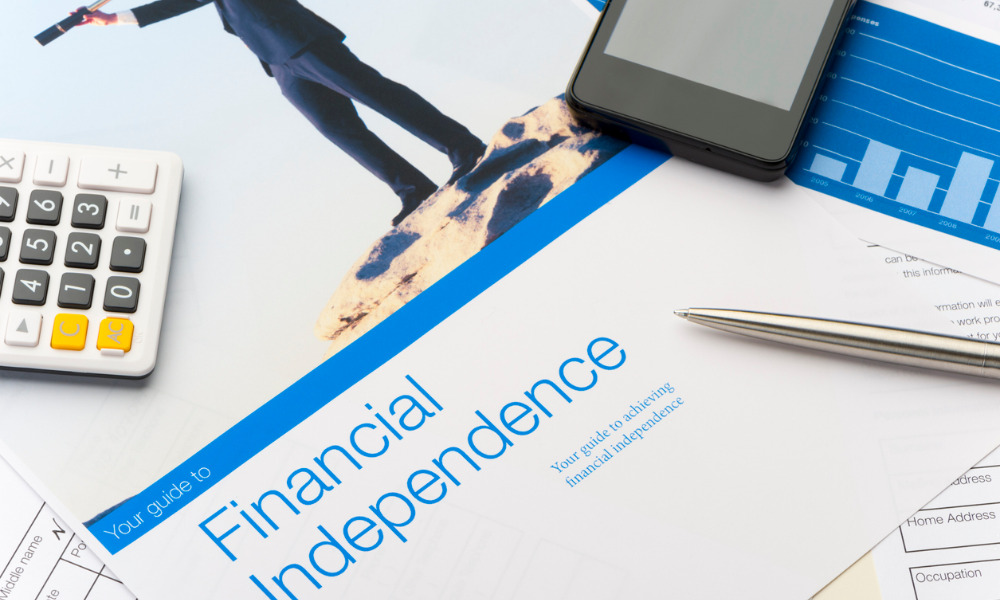

As millions of students begin the new school year, parents across America are edging closer to the day when their offspring stand on their own two feet.
But thoughts of shuttering the bank of mom and dad should be put on hold according to a study from the North Carolina State University which finds that a significant cohort of young adults will need to keep that account open for decades.
The research found that only a third of American adults did not rely on their parents for material support of some form from their late teens through to their early 40s.
“This work really challenges the notion that complete independence is a necessary marker of adulthood,” says Anna Manzoni, co-author of the study and an associate professor of sociology at North Carolina State University. “Instead, we see a pattern of interdependency that changes over time and appears to be influenced by race and educational background.”
The study looked at data from the National Longitudinal Study of Adolescent to Adult Health which covered more than 14,600 adults aged 18-43 and accounted for social and demographic factors, to determine the extent to which parents and children exchange financial and residential support.
“We found that there is no single pathway that most people take regarding independence from their parents,” added Manzoni. “Instead, people tend to fall into one of six different categories.”
The six categories to financial independence from parents are:
“Complete Independence is least likely among Black families and most likely among white families, while Extended Interdependence is least likely among White families and most likely among Hispanic families,” explained Manzoni.
Education plays a key role in financial independence, with those whose parents achieved a graduate or profession degree more likely to gain Complete Independence.
“Ultimately, the work drives home the extent to which access to resources and structural restraints – such as access to education – influence which pathways to independence people have access to,” concluded Manzoni. “It also makes clear that we need to reevaluate how we think of independence and adulthood, given that only a third of study participants were able to take the Complete Independence pathway that is often presented as being the norm.”
The study “Pathways of Intergenerational Support Between Parents and Children Throughout Adulthood” is published in Sociological Perspectives.

The Atlanta, Georgia-based national wealth firm revealed its new PE partner as prior backers Wealth Partners Capital Group and HGGC’s Aspire Holdings exited their investments.

The latest departures in Ohio mark another setback for the hybrid RIA, which is looking to "expanding its presence across all models and segments of the wealth management industry.”

The St. Louis-based real estate investment firm gives the asset management giant a valuable access point to the roughly $1 trillion net lease market.

Eliseo Prisno, a former Merrill advisor, allegedly collected unapproved fees from Filipino clients by secretly accessing their accounts at two separate brokerages.

Survey suggests those from across the political spectrum might have other ideas.
Orion's Tom Wilson on delivering coordinated, high-touch service in a world where returns alone no longer set you apart.
Barely a decade old, registered index-linked annuities have quickly surged in popularity, thanks to their unique blend of protection and growth potential—an appealing option for investors looking to chart a steadier course through today's choppy market waters, says Myles Lambert, Brighthouse Financial.
